The best places to find magnificent mulberries in London
Its fruits were considered a delicacy by the Romans and James I encouraged their planting to boost the silk industry. Jack Watkins seeks them out.
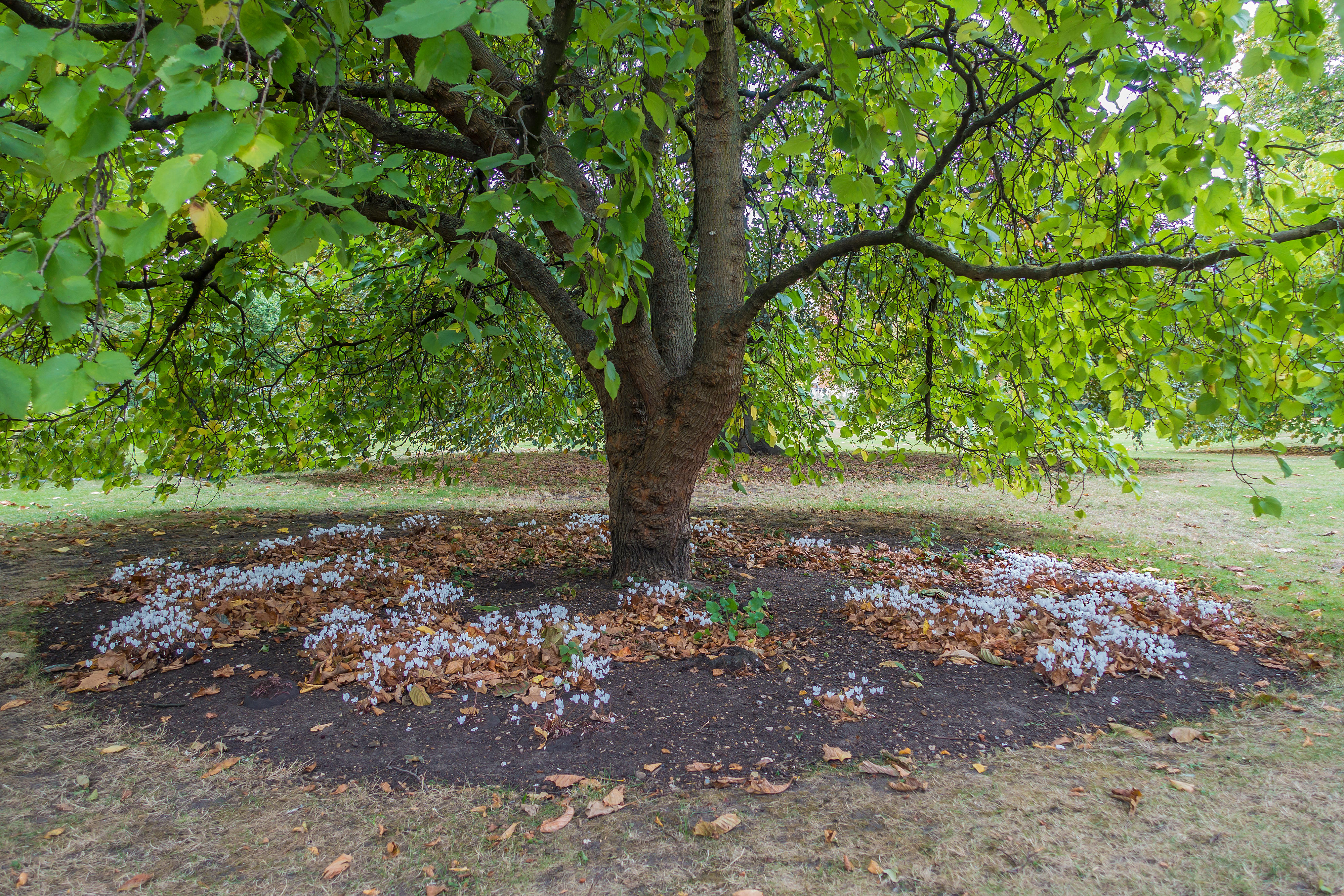

Charlton House is one of the unsung treasures of south-east London. Its setting may lack the arcadian charm of its grander, 17th-century contemporary Ham House to the west, yet what a prospect of the Thames its breezy hilltop must have offered in its heyday.
It’s the curious specimen that lives by the front path that has brought me here, however. The old black mulberry behind the black railings is bent, bowed and twisted, yet broad of canopy and vigorous. So vigorous that, despite being as old as the house, its flavoursome blackberry-like fruits, produced from late July, are used for puddings in Charlton House’s Mulberry Tea Rooms.
The tree’s bounty may have been the reason for its planting. Mulberries are not native to Britain and were probably brought here by the Romans, for whom the berries were a banquet delicacy. They were also considered to have medicinal benefits, so were often planted in the grounds of infirmaries, monasteries and manor houses in medieval times.
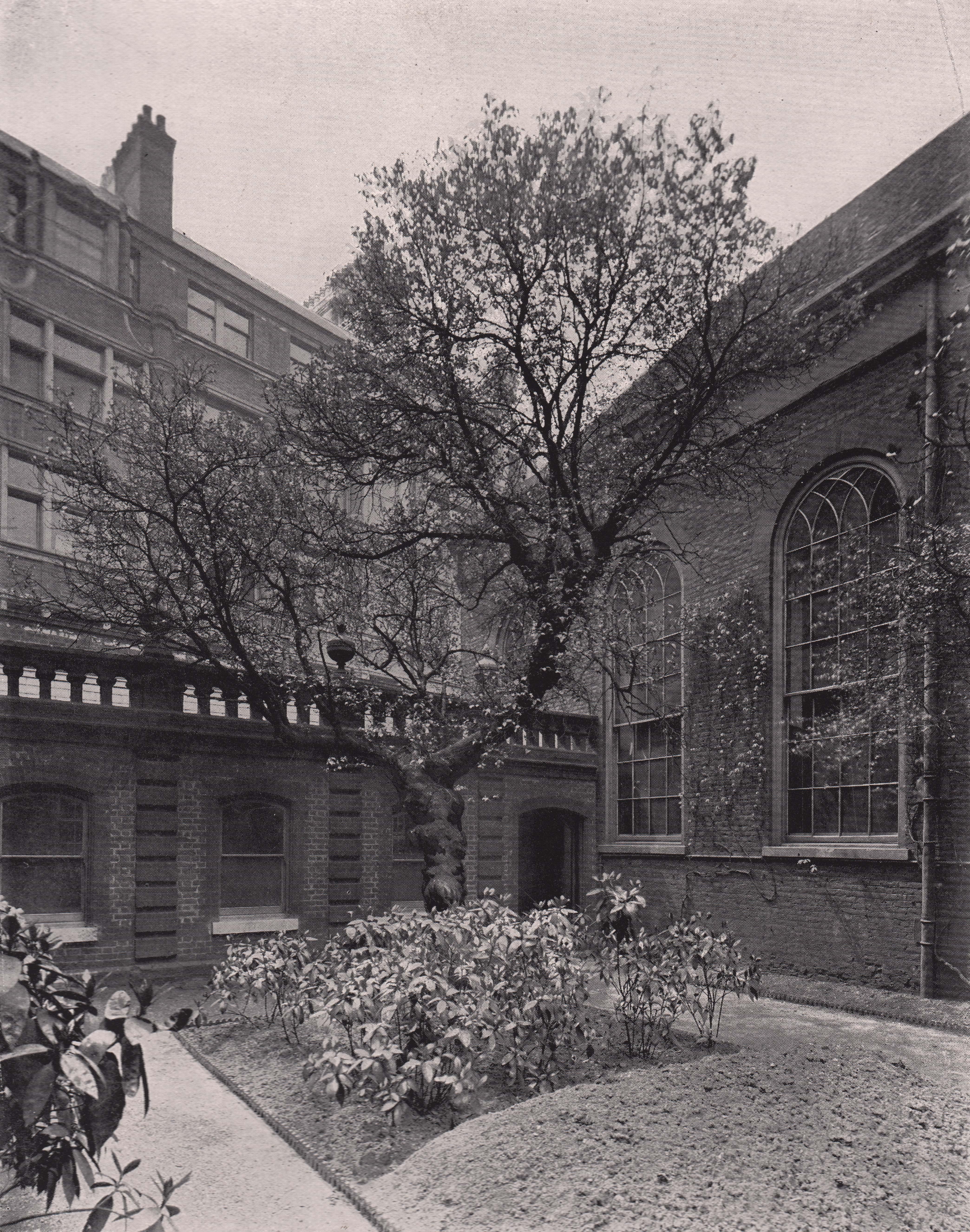
Charlton House was built in 1608 for Sir Adam Newton, tutor to James I’s eldest son, Henry, Prince of Wales. That same year, the monarch planted four acres of mulberries on land now part of Buckingham Palace and Green Park (In the Garden, August 29, 2018). James’s aim was to foster a silk-making industry to rival those of France and Italy. Was this mulberry part of an effort by Newton, who is known to have created a mulberry plantation, in response to the King’s plan?
‘Mulberries in four or five years may been made to spread all over this land’
It’s generally said that James got it wrong with his initiative, because he encouraged estate owners to plant black mulberries (Morus nigra), whereas silkworm larvae prefer the fruit of the white (M. alba). However, the Conservation Foundation, which is mapping London’s mulberries through Morus Londinium, says the King might not have been so misguided after all. Silkworms will feed on the black and it is the species better suited to Britain’s cold, damp weather.
The English silk industry was still thriving in the 18th century, even if the 1660s prediction by the great diarist and promoter of silviculture John Evelyn that ‘mulberries in four or five years may been made to spread all over this land’ was never realised.
Not far from Charlton House was Evelyn’s own estate at Sayes Court, in Deptford. The association is recalled in Sayes Court Park, north-west of Deptford High Street. There, in the shadow of a horse chestnut and a plane tree, is another ancient mulberry with the same reclining aspect as the Charlton mulberry. A few iron struts have been helpfully inserted in an attempt to prop the old boy up, but, sadly, one branch has snapped off completely and lies rotting on the grass.
Sign up for the Country Life Newsletter
Exquisite houses, the beauty of Nature, and how to get the most from your life, straight to your inbox.
Venerable as it is, it’s an eyecatcher and, in 2017, nominated by the Deptford Folk, it was runner-up in the Woodland Trust’s Tree of the Year competition. The citation on the railing says it deserves its recognition as
a survivor of the industrialisation of the vicinity and asks you to imagine the time when the surroundings were once full of fruit trees and gardens.
Legend has it that the tree was planted by Peter the Great of Russia, who leased Sayes Court in 1698. However, as researcher Karen Liljenberg reminds us on the Morus Londinium website, the Tsar ruined Evelyn’s precious holly hedge by being driven through it in a wheelbarrow. It’s hard to reconcile this behaviour with someone sensitive enough to plant a mulberry. Dr Liljenberg believes the tree could, in fact, be a survivor from Evelyn’s garden.
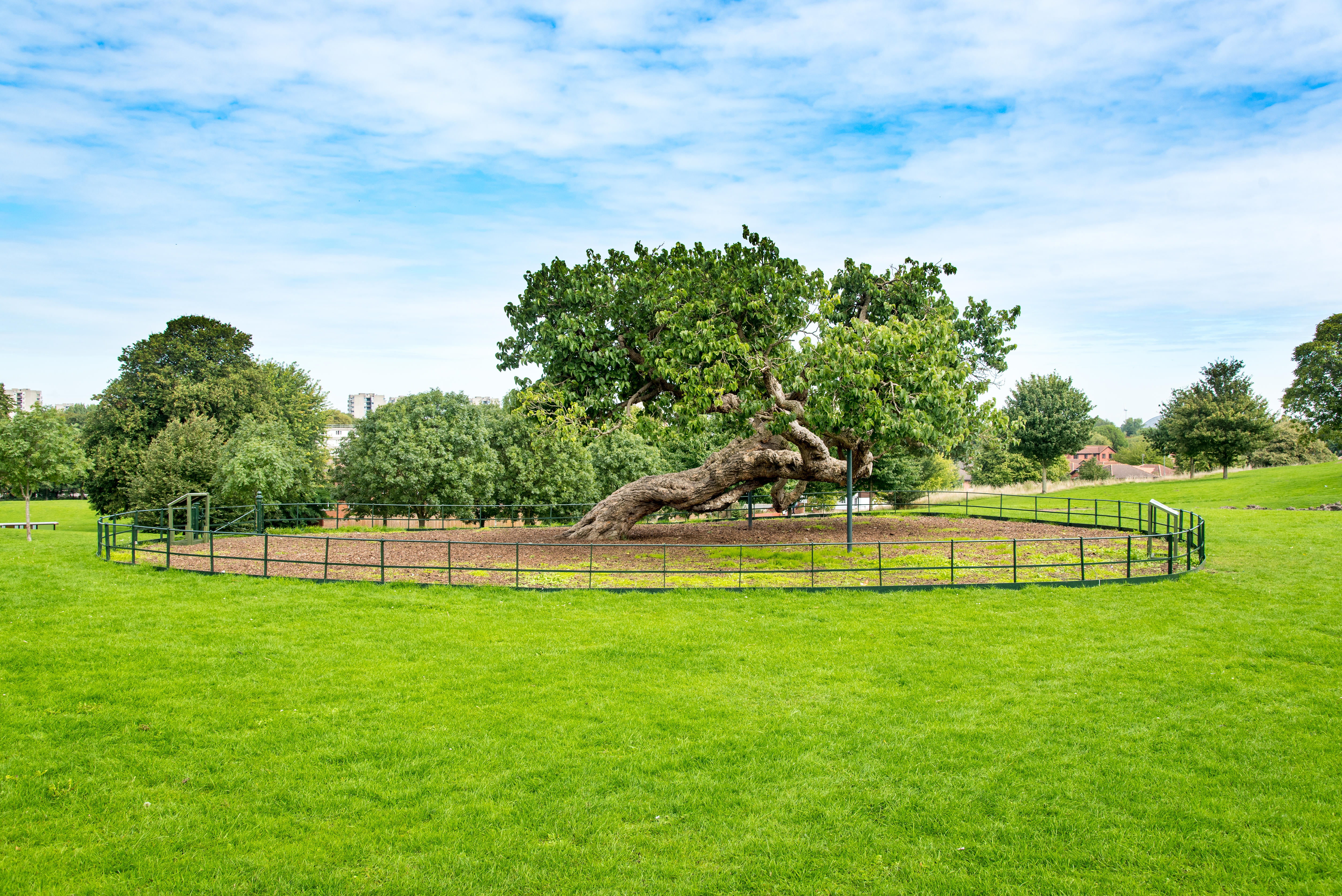
It’s easy to see how people become obsessive about mulberries, with the wild and crazy curlicues of their branches, prominent bosses and burrs and gnarled, orange-brown bark. Pint-sized they may be compared with an English oak, but, as they age, they seem just as eccentric. It’s as if these emigrés from West Asia are making their own little statements about the contribution of immigration to the character of our landscape.
The Conservation Foundation’s campaign may ostensibly be about rediscovering and documenting examples of the trees, but its underlying motivation has long been to encourage people to reconnect with their too-often-overlooked natural heritage.
Getting Londoners to even notice they’re there would be a fine thing, at a time when there seems to a mania for cutting down trees. A mulberry tour can take in a host of familiar tourist spots, forgotten alleys and cemeteries. I’ve always thought Decimus Burton’s dainty ionic screen at Hyde Park Corner next to Apsley House a subtle delight, but have only recently noticed the mulberry tree – upright, yet clearly very old – behind the lodge next to it, which is now a cafe.
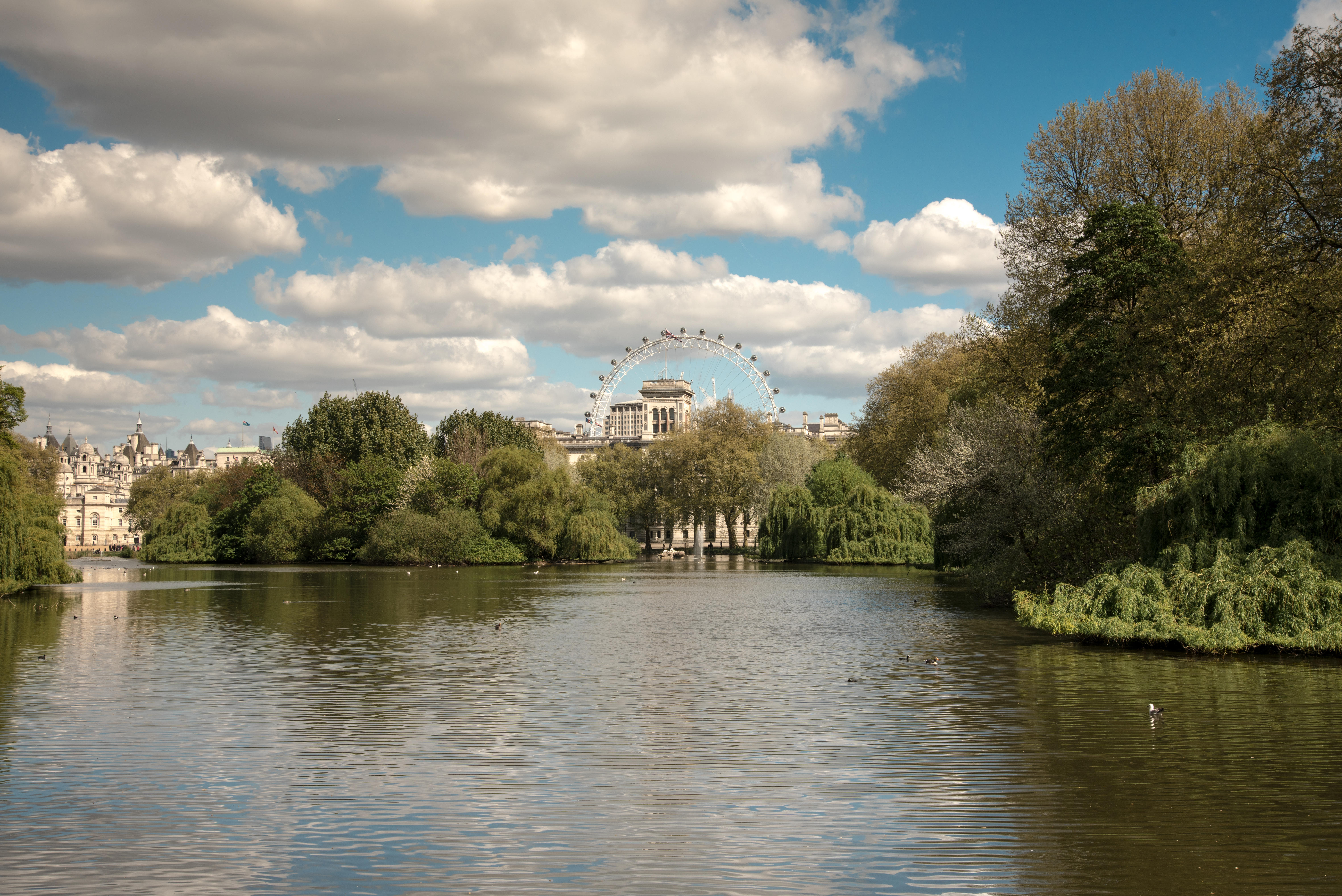
The Royal Parks are a mulberry haven. According to Gabriel Hemery in The New Sylva – published in 2014 to mark the 350th anniversary of Evelyn’s ground-breaking work Sylva – ‘a national collection of mulberries, consisting of nine species and twenty-four cultivars, was established in the 1990s on the Royal estate in the gardens of London residences and at Windsor Castle’.
These must include the grouping on rising ground in St James’s Park, behind the lake on the Birdcage Walk side. The boughs of the trees sweep down towards the ground and, as the mulberry has large leaves, they make great hiding places for children’s games in high summer. In Kensington Gardens, there’s an avenue of well-maintained mulberries leading up to the palace from the south.
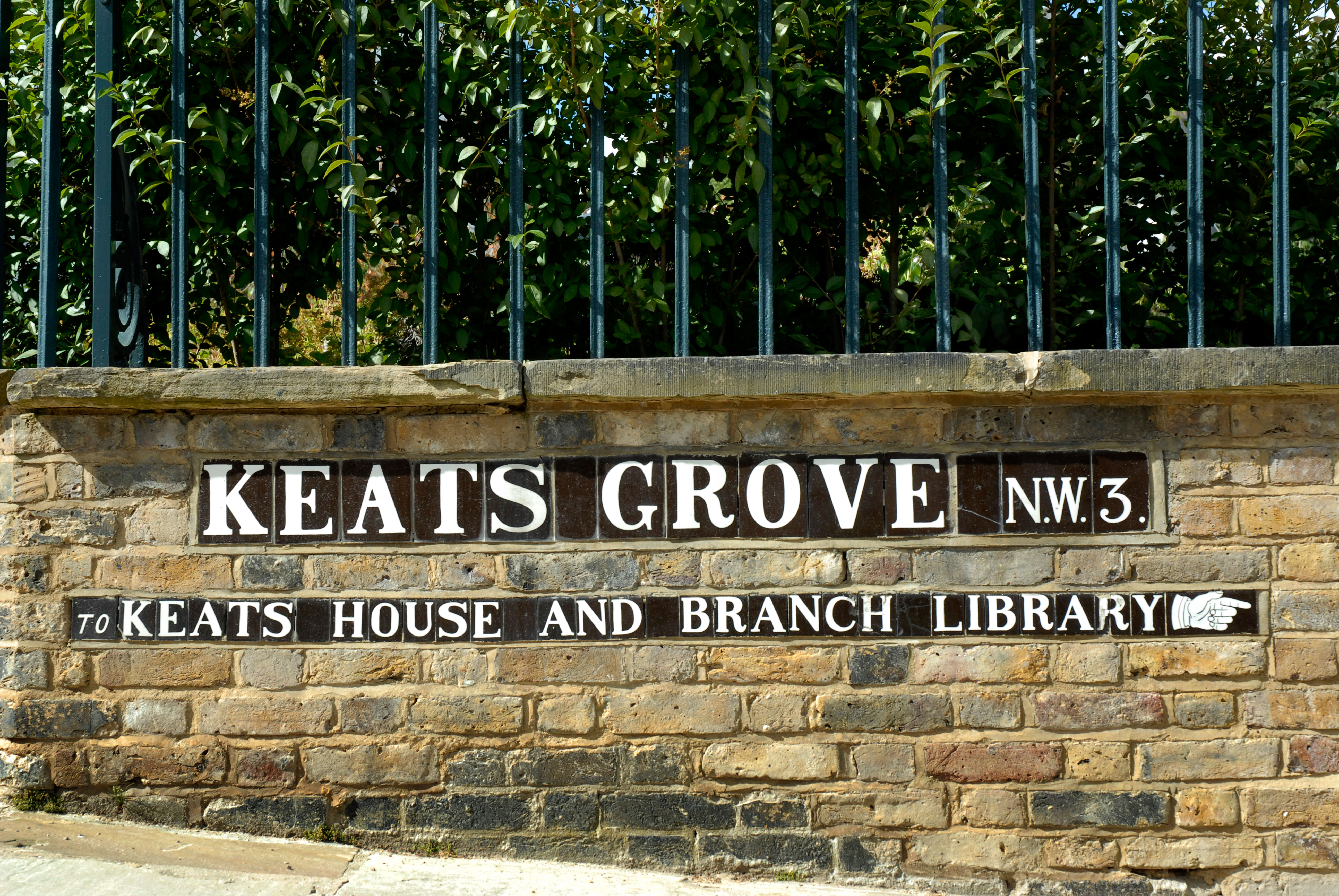
A personal favourite is the Keats Grove mulberry. This huge specimen is in the front garden of the Hampstead house where the poet lived in 1818–20, now open to the public, moments from the Heath. Keats wrote Ode to a Nightingale in the garden and would have known the tree, which is thought to be the survivor of a lost fruit orchard.
A contender for London’s oldest surviving mulberry resides in the secluded N1 garden of the 16th-century Canonbury Tower, kept company by cooing wood pigeons, a tinkling water fountain and a box hedge. Viewed over the brick wall at the back, there’s a monastic tranquillity to this spot, despite being so near to the streets of Islington.
Thomas Cromwell and Francis Bacon once resided here, where a religious house previously stood. Perhaps just looking at an old mulberry is a form of spiritual healing.
Charlton House, Royal Greenwich Heritage Trust, to find out more visit www.greenwichheritage.org/visit/charlton-house
Keats House, to find out more visit www.cityoflondon.gov.uk/things-to-do/keats-house
Visit Morus Londinium (www.moruslondinium.org) for organised walks around London

Credit: Getty Images
Why brunch has made a comeback, and the best places to enjoy it in London
Put down your wellies – the countryside weekend has been abandoned in favour of urban brunch plans. Debora Robertson investigates what

Stanton Fence: A traditional English garden transformed by the touch of a Chelsea gold-medallist
Non Morris is blown away by Stanton Fence near Morpeth, a romantic garden set in a steeply wooded river valley
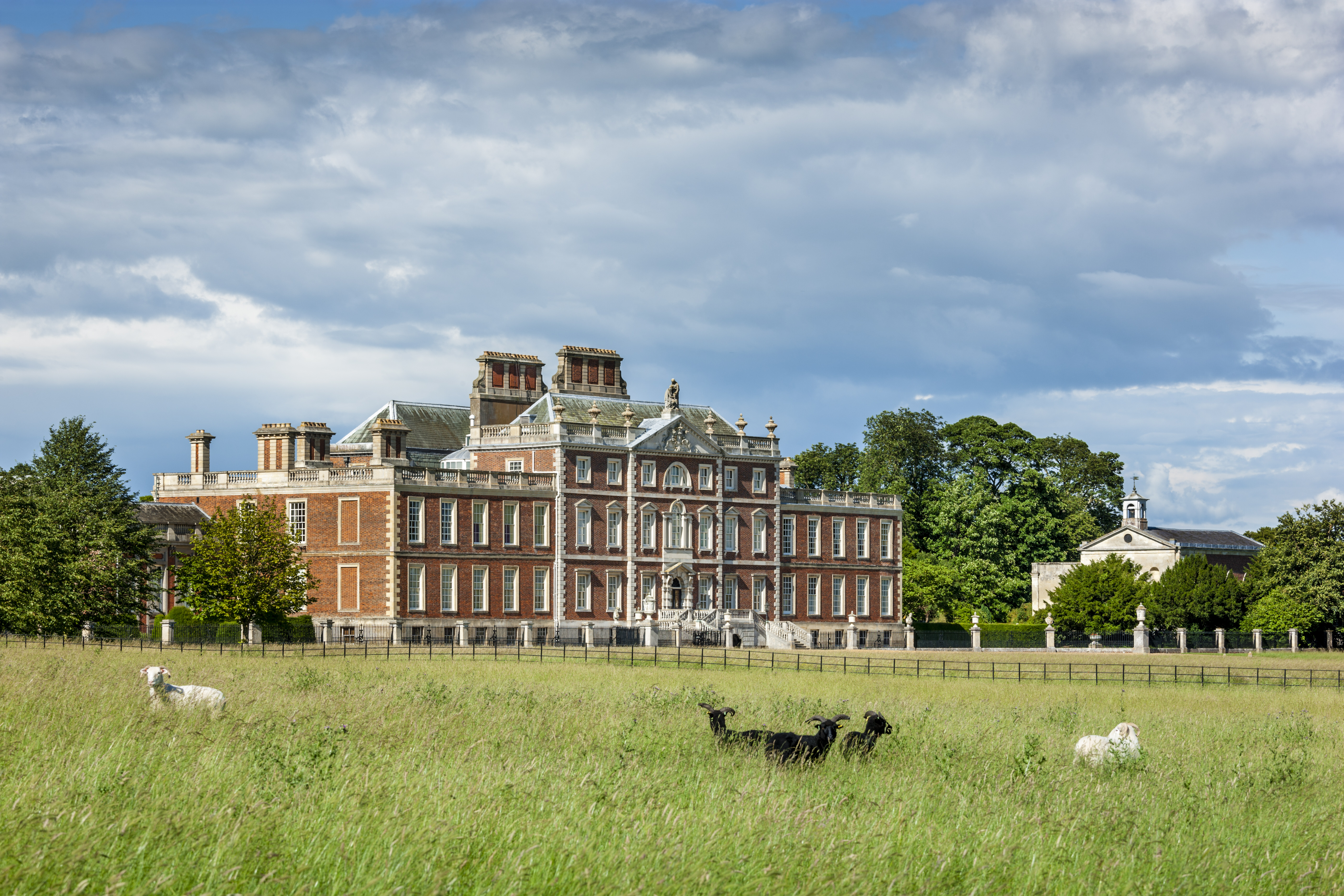
Humphry Repton: How the legendary gardener embodied the spirit of his age
The leading garden-maker at the turn of the 19th century, Humphry Repton (1752–1818) was a man of feeling, as well
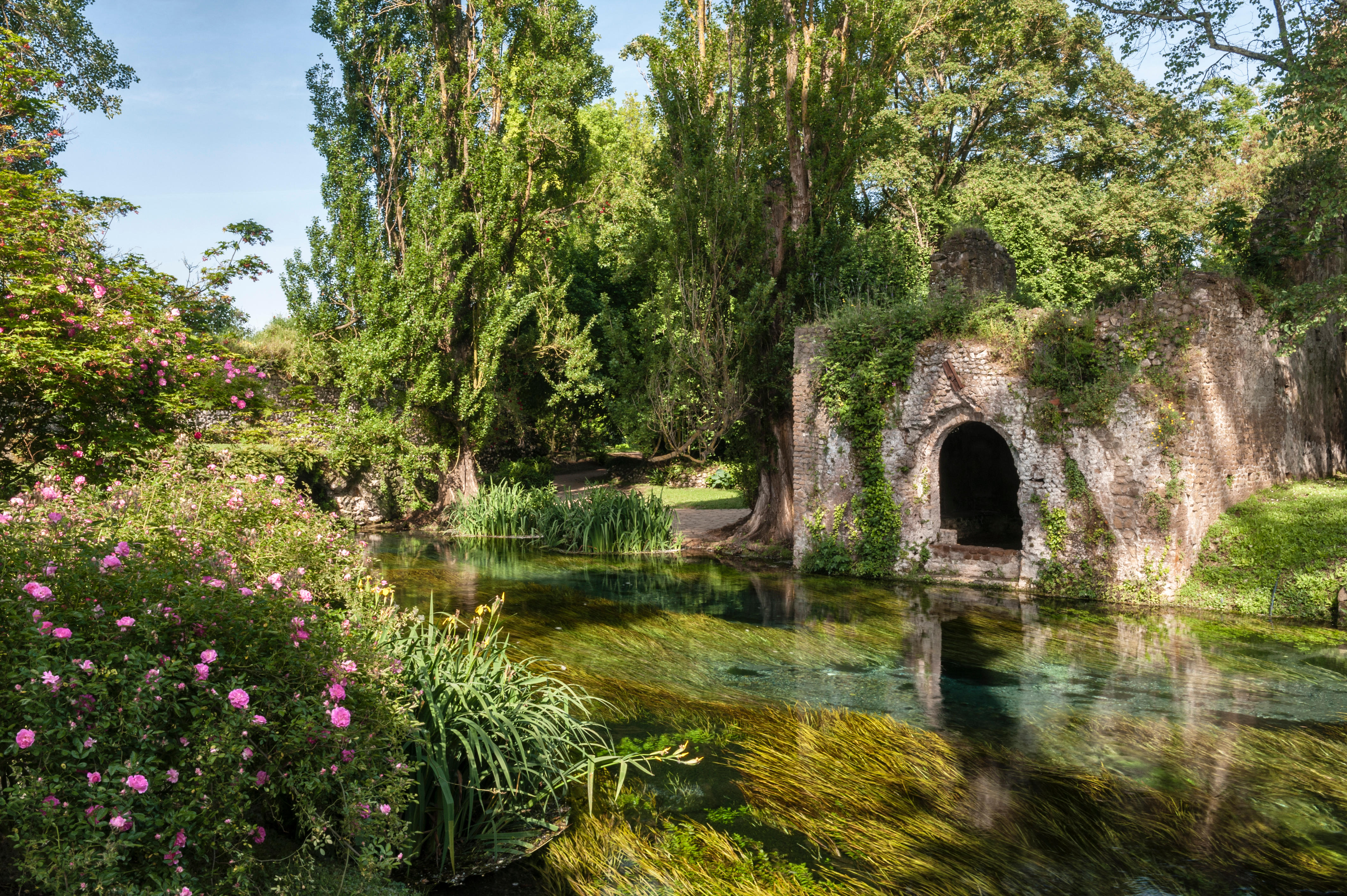
Ninfa: The extraordinary tale of an English country garden which thrives in the heart of Italy
Charles Quest-Ritson fell in love with the spectacularly romantic gardens of Ninfa decades ago, and is just as entranced now

Credit: Getty Images/iStockphoto
The common garden plants that are deadly to dogs and cats – and what to do if they eat one
Many beautiful and common plants in the average English garden can prove fatal to household pets. Peter Green, a veterinary
Country Life is unlike any other magazine: the only glossy weekly on the newsstand and the only magazine that has been guest-edited by HRH The King not once, but twice. It is a celebration of modern rural life and all its diverse joys and pleasures — that was first published in Queen Victoria's Diamond Jubilee year. Our eclectic mixture of witty and informative content — from the most up-to-date property news and commentary and a coveted glimpse inside some of the UK's best houses and gardens, to gardening, the arts and interior design, written by experts in their field — still cannot be found in print or online, anywhere else.
-
 RHS Chelsea Flower Show: Everything you need to know, plus our top tips and tricks
RHS Chelsea Flower Show: Everything you need to know, plus our top tips and tricksCountry Life editors and contributor share their tips and tricks for making the most of Chelsea.
By Amie Elizabeth White
-
 Hidden excellence in a £7.5 million north London home
Hidden excellence in a £7.5 million north London homeBehind the traditional façades of Provost Road, you will find something very special.
By James Fisher
-
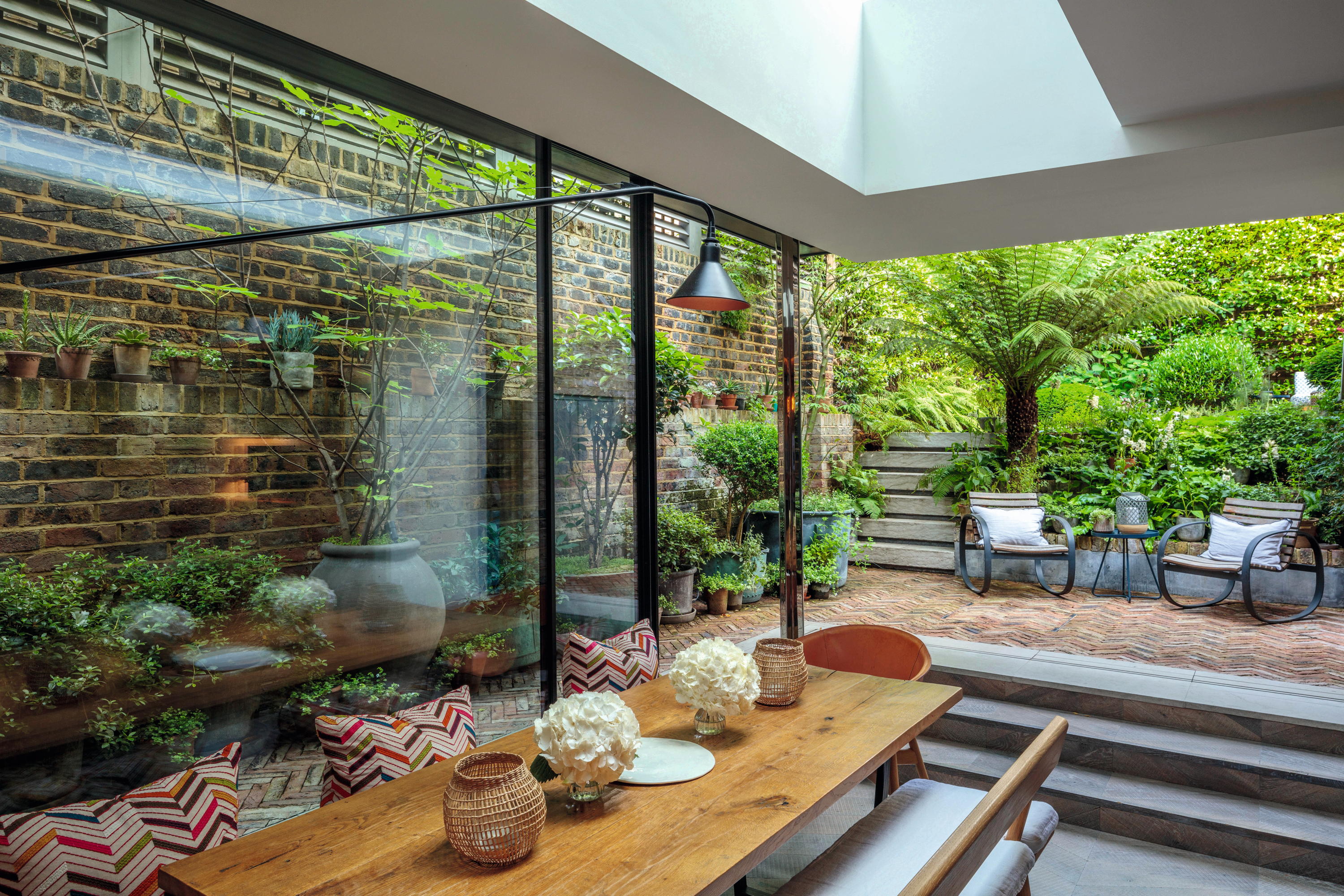 How to make a gloomy city garden into a haven of colour and nature
How to make a gloomy city garden into a haven of colour and natureTiffany Daneff discovers how to transform a typically dark London back garden into a light-filled green haven that is always in use. Photographs by Clive Nichols.
By Tiffany Daneff
-
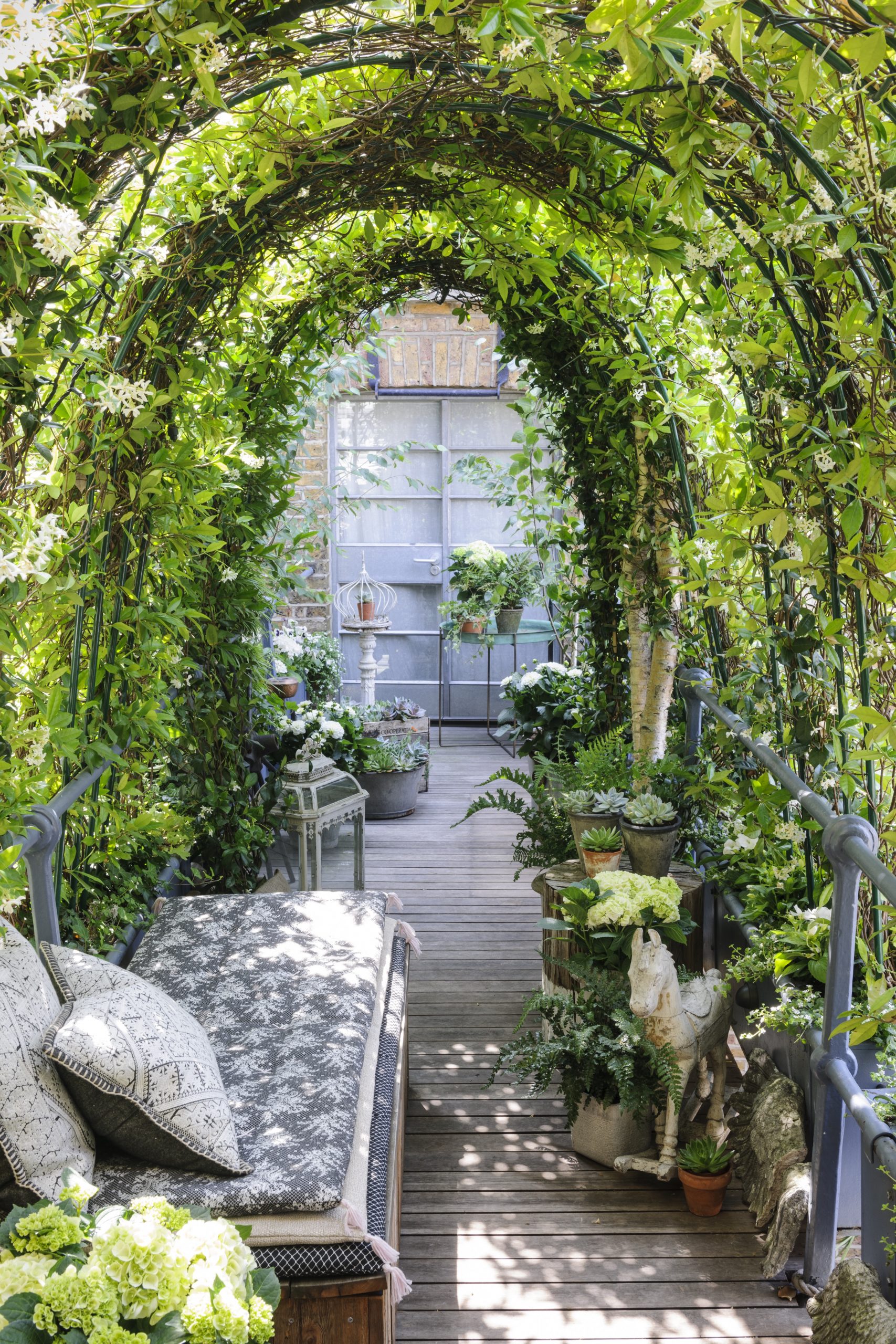 How to create a beautiful rooftop garden in the heart of the city
How to create a beautiful rooftop garden in the heart of the cityWith the cost of land at a premium as the benefits of Nature and green space become ever more compelling, roof gardens are having their moment in the sun, says Natasha Goodfellow.
By Country Life